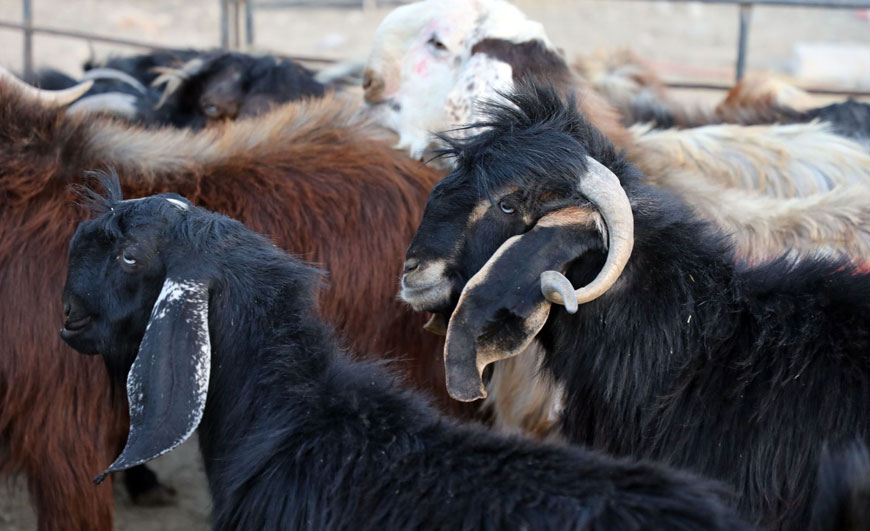AMMAN — Livestock sales witnessed a 50 per cent drop during this year’s Eid Al Adha compared with last year, which is the most favourable season for farmers, according to Za’al Al Kawaleet, president of Livestock Owners and Breeders Association.
Kawaleet told The Jordan Times that 250,000 sacrificial animals were sold during this eid, compared with approximately 550,000 sold last year.
He attributed the “significant drop” to weak consumer purchasing power and the country’s overall economic situation.
“Despite the market’s wide range of offerings from weights and country of origin, the demand for sacrificial animals this season was weak,” Kawaleet said.
He stated that although the prices of sacrificial animals were higher in the previous years, the demand was still better.
Kawaleet indicated that fodder prices have increased, in addition to shipping fees for imported livestock.
“Livestock farmers are not doing very well,” he said, adding that the prices of red meat are expected to drop in the coming period.
Abu Ali, a 66-year-old Jordanian, said he couldn’t afford a sacrificial animal this year. “Sacrifice is recommended for people of sufficient means,” said Abu Ali.
He added that with the ongoing price increases and the growing cost of living, he doesn’t consider himself “of sufficient means”.
Meanwhile, Ibrahim Al Bdour, a livestock farmer and breeder in the Tafileh Governorate, roughly 180 kilometres south of Amman, said that sales were not as desired.
“Imported cattle are cheaper than local ones. According to the merchants I know, the imported ones sold better,” he added.
